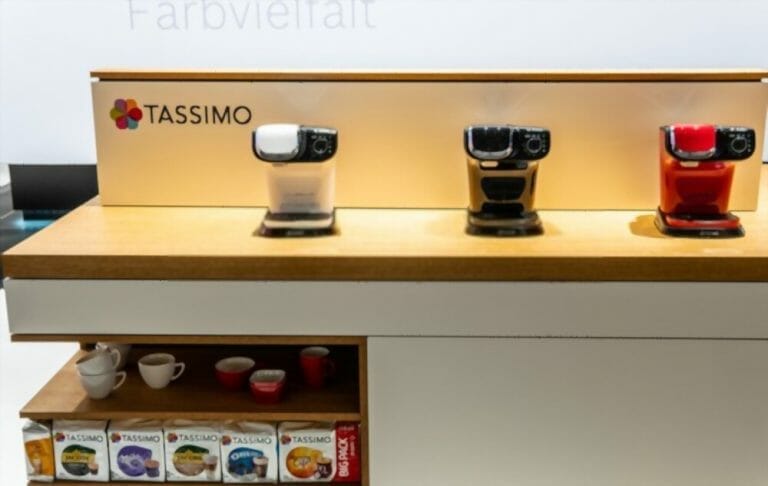How To Roast Coffee Beans?
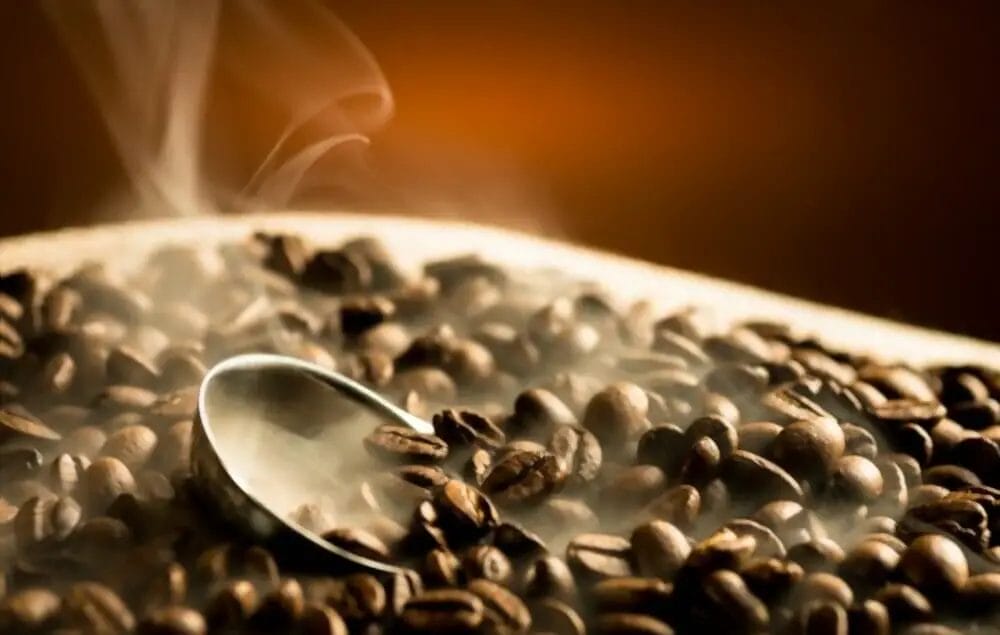
What would be better than learning how to roast coffee beans? This is arguing because we never want to stop roasting.
Understand the roasting process, and you'll have a better appreciation for the art of roasting coffee beans and how it can affect your brewing. If you roast coffee at home, your coffee is fresher, and you can choose the roast level.
Tired of spending tons on coffee, we’ve seen people intending to try the hobby just once, only to become addicted. We love roasting coffee beans at home.
It is a lifestyle of learning, with surprises and satisfaction that never end. Coffee is delicious when made correctly. Keep reading our article, so you know how to brew the perfect pot of coffee.
Coffee roasting is an art, and we know you are curious about the process.
WHAT IS ROASTING?
Roasting is the process of heating beans to a high temperature until their volatile oils are lost, and the flavor of the beans becomes concentrated and intense.
Coffee lovers delight in the fact that not only does roasting at home make better-tasting coffee, but it is also economical because you can buy raw green beans for a fraction of the price of roasted beans.
Green coffee beans are converted into Roasted coffee beans. Roasting the beans in a coffee machine is what gives coffee its flavor.
During the roasting process, organic acids and sugar begin to break down. Roasted coffee beans are called endosperm and are dark brown.
When you purchase green coffee, it’s referred to as parchment. Beans must be roasted within a week or two after they’re purchased to retain freshness.
Understanding The Roasting Process
In the process of coffee-roasting, green beans are roasted to produce a well-balanced flavor. The green beans are usually sorted to remove debris and then physically transferred to storage hoppers.
This is done manually or by using the belt system or pneumatic conveyor.
Initially, the roaster must adjust its equipment according to changes in heat absorption due to temperature fluctuations.
Still, roasted beans are dumped from the chamber and cooled by air or water quenching at the end of the roasting process.
Coffee beans lose weight due to water loss and volatile compounds during roasting. They double in size during physical expansion due to an increase in internal pressure from vaporized water.
A sign of freshness in coffee is the correct moisture content; in dry-processed coffees, they can be 12%, but green beans have to have at least 11% moisture for roasting to be effective.
At this level, the beans are still hard and will not yield to pressure when squeezed between the fingers of one hand. Around this time, they will also begin to exude a sweet smell known as “the bloom.
There is no set time for roasting; it depends on the bean and personal taste.
Why raoast?

The single most important way you can improve your coffee drinking experience is to control the process and learn how to roast coffee.
Roasting at home gives you flexibility, choice, and control over all aspects of your coffee. It also saves you money!
Compared to purchasing roasted beans from the grocery store, freshly roasted beans are much fresher and lovely. Also, they’re less expensive when you buy in bulk if you roast at home.
The process of coffee roasting is as much an art as a science, so don't be surprised if your first couple of batches are less than perfect. But keep trying, and you'll soon produce some delicious coffee.
Remember to control your roast carefully. A longer roast will result in a darker and stronger brew, while a shorter roast will bring out more of the bean’s natural acidity and produce a lighter flavor with a more petite body.
It would help if you also controlled your roasting time since coffee beans are easy to burn. Good roasters use their senses-sight, smell, and sound as well as a temperature probe to monitor the progress of the roast.
How to get started: 4 ways to roast coffee (at home)

1. Roasting Beans in a Grill or Pan
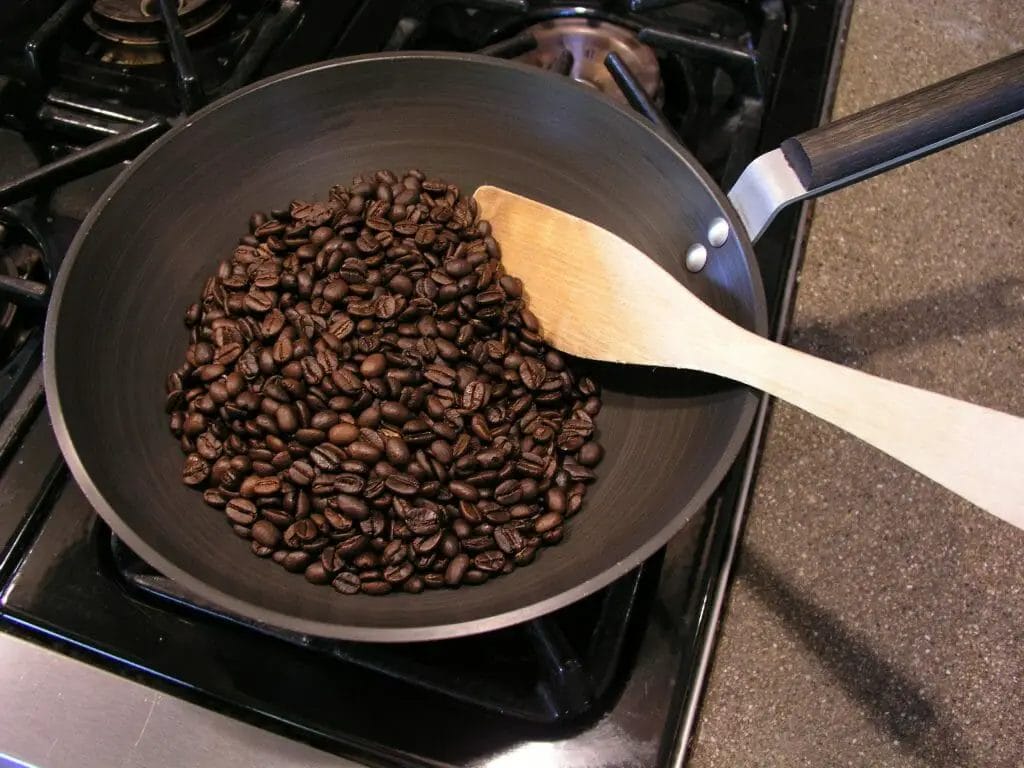
This is the simplest way to roast coffee beans at home and involves roasting over an open flame. Use a grill or saute pan on top of your stove or in the oven.
But this requires the most skilled when it comes to controlling heat and can be very dangerous if you're using an open flame.
What You’ll Need:
- Green Coffee beans
- Heavy-duty pan (a cast-iron skillet or griddle works well)
- Heat source (gas or electric stove, halogen lamp, or an open flame like a gas stove)
- Roasting fork or stirring utensil to stir the beans while roasting. You can also use a whisk to agitate the beans as they roast.
- Colander x 2 (metal)
- Oven mitts
- Air-tight storage container
Method:
- Start with 1 cup (7 oz) of green beans; keep the rest out of the heat until you get a feel for how long it takes them to roast.
- Heat your pan on a medium flame. Ensure that the pan or grill is hot enough to evaporate a drop of water placed on its surface within about 5 seconds, but not so hot that it smokes or burns the beans. If you are using an electric stove, set the dial to about 7 or 8 out of 10.
- Place the coffee beans in your pan and let them roast for about 3 to 5 minutes, constantly stirring with your roasting fork or whisk. To avoid a burnt taste, NEVER leave them unattended.
- After about 3 minutes of roasting, the beans will make a popping sound. Use caution when they’re done, as they will be boiling!
- Pour the raw coffee beans into a colander and shake them for about 10 seconds until all of the trash comes off and falls through.
- Transfer the beans to a separate colander and rinse with cold water.
- Place the colander in a bowl and pour enough cold water over the submerged coffee beans. Let sit for 1 to 2 minutes, remove the colander and drain all of the water off.
- Put aside in a glass jar or other airtight container, away from sunlight and heat, until you are ready to roast more coffee.
Pros
- Simple to do
- No need for additional purchases
Cons
- Difficult to control temperature and time
- Can be dangerous if using an open flame
2. Roasting Beans in an Oven
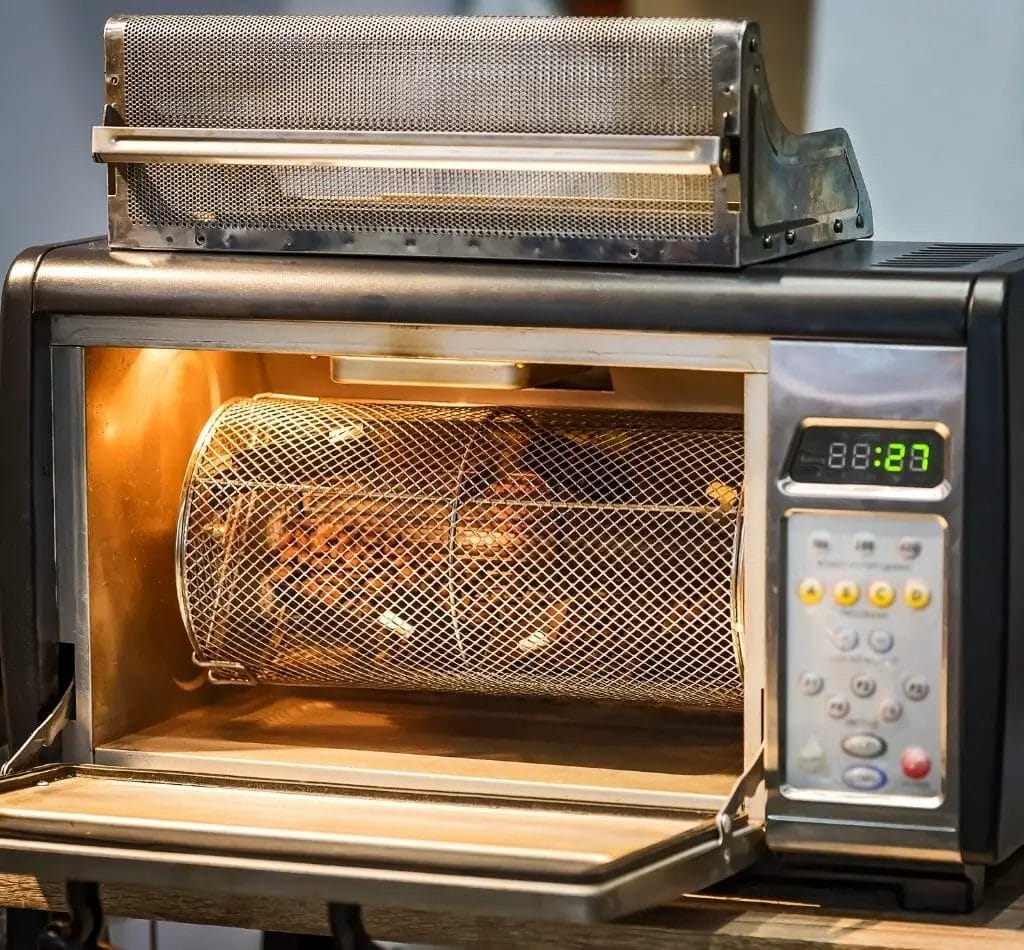
If you don’t want to take the time to make a batch of coffee, you can roast green coffee beans in the oven just like classic Roasted Coffee Beans.
These are roasted whole without being ground, so you'll end up with a more significant amount of coffee for your buck.
What You’ll Need:
- Green Coffee beans (about 1 cup)
*Perforated oven tray (regular trays will also work) - An oven
- Colander x 2 (metal)
- Heatproof mitts
- Air-tight storage container
Method:
- Preheat your oven to about 350°F or 175°C. Place the beans on the perforated tray and spread them out into one layer.
- Place the tray on the middle shelf. The middle of the oven provides the most consistent temperature. Roast in the oven for about 5-7 minutes. The beans are now lightly roasted.
- Use your oven mitts to remove them from the oven. After you take the beans out of the oven, give them a shuffle or two and return them to the oven for 5-6 minutes more until they turn a medium brown color.
- Transfer the beans to a colander and shake them for about 10 seconds until all of the trash comes off and falls through.
- Transfer the beans to a separate colander and rinse with cold water.
- Place the colander in a bowl and pour enough cold water over the submerged coffee beans. Let sit for 1 to 2 minutes, remove the colander and drain all of the water off.
- Leave beans exposed for 12 hours to vent CO2.
- Finally, put aside in a glass jar or other airtight container, away from sunlight and heat, until you are ready to roast more coffee.
Pros
- You don’t need to spend a lot of money on fancy roasting equipment.
- Oven-roasted coffee beans are helpful if you’re planning on blending them with other coffee to create unique flavors.
Cons
- Difficult to get a perfect roast
- Slower than other methods
- Very smoky
3. Roasting Beans in a Hot-Air Popcorn Popper
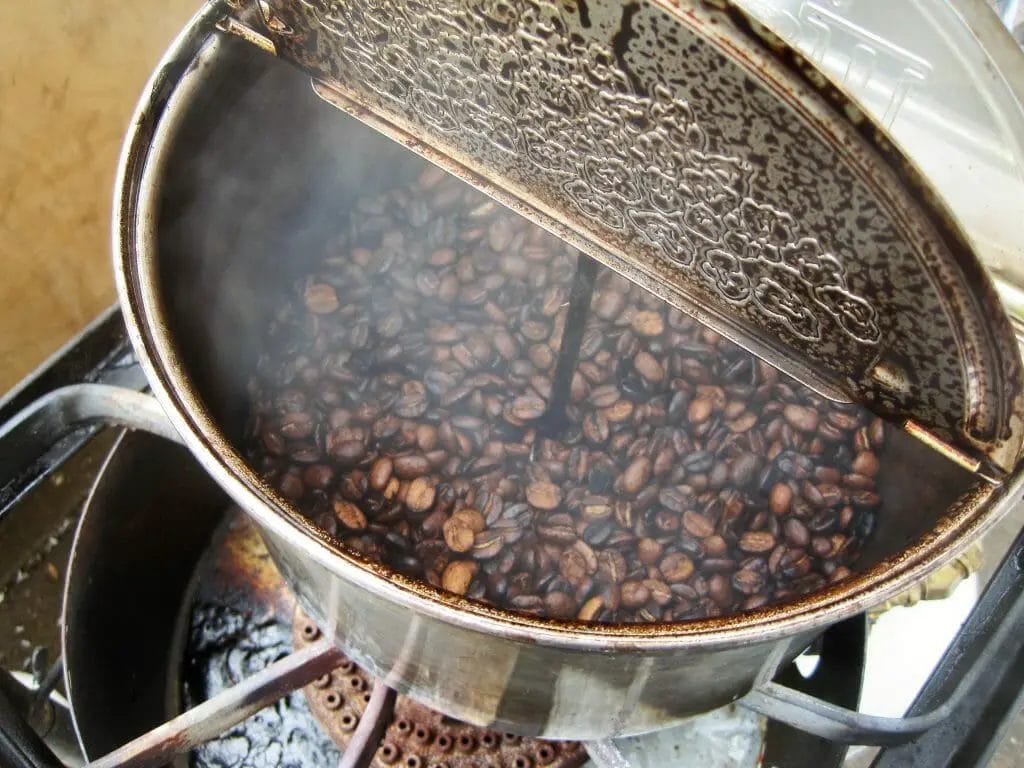
If you have a hot-air corn popper, this can be an excellent tool for roasting coffee beans at home. For this method, the green beans are broadcast on a perforated pan and roasted in the hot air inside of the popper.
What You’ll Need:
- Green Coffee beans (about 1 cup)
- Heatproof mitts x 2
- Colander x 2 (metal)
*Popcorn machine with side vented heat
*Wooden spoon
*Air-tight storage container
Method:
- Preheat your popcorn machine for 30 seconds, depending on the model, to about 350°F.
- Measure ½ cup of beans. Drop into the machine and ensure that the beans can rotate.
Note: When using a popcorn machine, make sure to agitate the beans to be evenly heated. If you don’t, the beans could become burnt. It’s important to use the same quantity of beans as the machine’s recommended quantity of corn kernels. - Put a wooden utensil in the pot and use it to stir the beans. Once they start moving around, put on the lid.
- Catch all the trash coming out of the machine’s spout and put it in a large bowl. Put the pot bowl back on the heat source as soon as the lid is back.
- Listen for the first “crack” at 3-5 minutes. You’ve reached a light roast!
- The roast is finished when you hear the second crack at 6-8 minutes. To make it darker, continue roasting it for another 30-60 seconds. If you cook for too long, your beans will start to burn.
- Pour the beans into a colander and shake them for about 10 seconds until all of the trash comes off and falls through. The best way to transfer the beans is to use oven mitts.
- Transfer the beans to a separate colander and rinse with cold water.
- Drain excess water from your beans as you don’t want them to spoil after roasting. Allow 12 hours for the beans to vent their CO2. This is known as degassing.
- Now, Place beans in an airtight container such as a mason jar so that they are not exposed to oxygen, which encourages staling.
Pros
- Simple
- Automatically agitate/rotate beans
- Easy to get a perfect roast
Cons
- Not built for roasting coffee
- Some machines will break after a few roasts
- Expensive
- Only one type of bean to roast
4. Roasting Coffee in a Home Coffee Roasting Machine
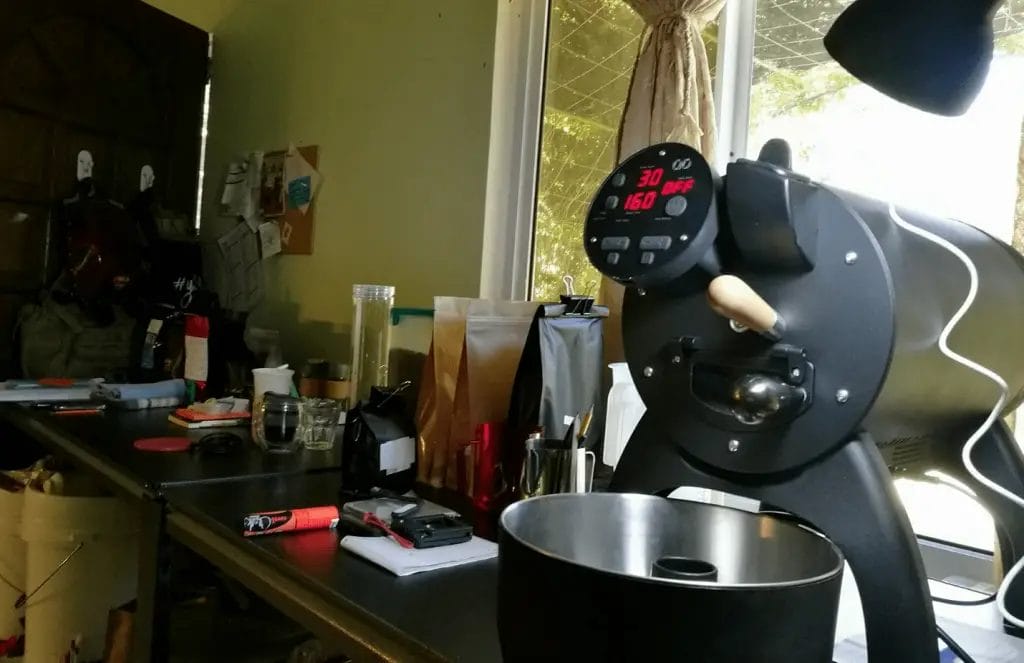
Home coffee roasting machines are gaining popularity due to their low price and easy use. Many people now enjoy having freshly roasted coffee beans, which they can prepare at home without going out and buying them.
Good home roasters are typically more consistent in the levels of roast they produce. Once you find your target, it is imperative to remain consistent.
What You’ll Need:
- Green Coffee beans (about 1 cup)
- Coffee roasting machine
- Heatproof mitts
- Optional: colander x 2
Method:
- Preheat your machine according to its instructions.
- Put your beans in the machine, keeping them separated as they roast.
- Ensure the beans are tumbling, stirring, and rotating as you hear them crackle at various times during the roasting process.
- Once you hear a second crack after 6-8 minutes, immediately shut off the machine, lift the lid and transfer them to a bowl using oven mitts x 2
- Dump all the beans into a colander and shake them for about 10 seconds until all of the trash comes off and falls through. The best way to move them is by using your mitts.
- Transfer the beans to a separate colander and rinse with cold water.
- Place the colander in a bowl and pour enough cold water over the submerged coffee beans. Let sit for 1 to 2 minutes, remove the colander and drain all of the water off.
- Leave beans exposed for 12 hours to vent CO2.
Pros
- Purpose-built and long-lasting
- Simple to use and clean
- Seems like the easiest and most consistent way: not too much work, no real risks involved, perfect every time!
Cons
- Expensive
- Bulkier than other options
FAQS
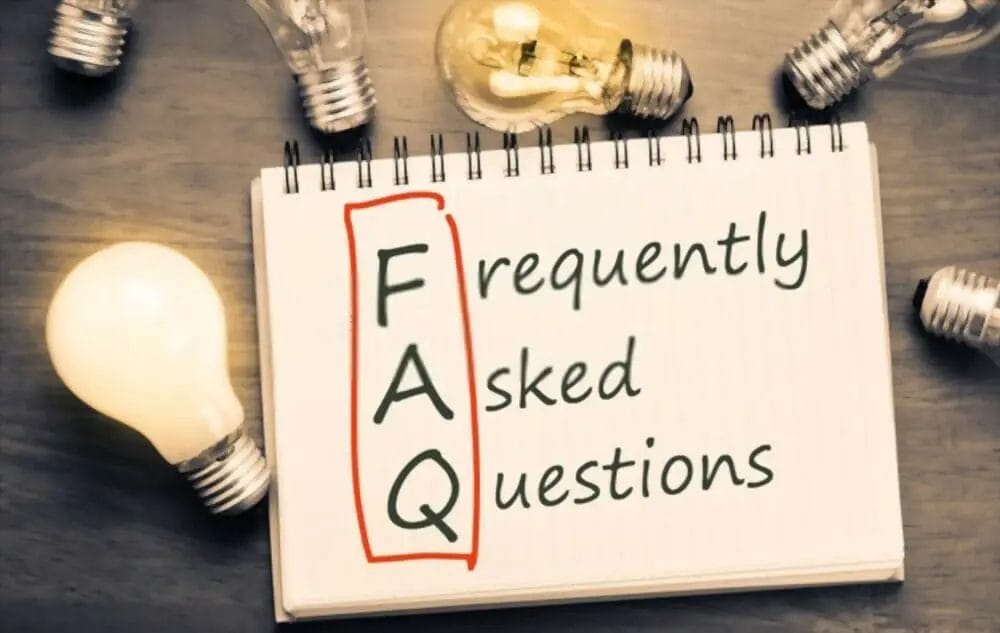
What are the best thing and worst things about home roasting?
The best is that you have total control over the type of roast you want. The worst is that roasting takes time, energy, and money.
How do I know when to stop roasting?
Stop when you hear a second crack after 6-8 minutes. If you hear it before this, the beans are still too green. If you hear it after, they’re too dark.
How can I tell if the beans are ready to be cooled?
The beans should be cool enough for you to handle with your bare hands. You can also try breaking one open to see if it is light brown. If the beans are still shiny and black on the inside, then they are not yet ready.
What is degassing?
At around 15 minutes in, you should hear a hissing and popping noise as CO2 escapes from the beans. This indicates that the beans are degassing. If you do not hear it or do not see results by this time, they are not degassing enough.
How can I roast my own coffee beans?
Roasting your own coffee beans can seem like a daunting task. It’s something that you have to do in order to please yourself and make the best-tasting cup of coffee.
However, you don’t have to be a professional roaster to roast your own coffee beans at home. It is actually not difficult to roast your own coffee beans at home. All it takes is some practice and the right tools.
How long does it take to roast coffee beans?
It takes about 12-15 minutes to roast a batch of coffee beans. If you have a large batch, it should take you around 45 minutes to an hour to roast all of them if you have a small roaster. Larger roasters can roast more coffee beans in less time.
Is it safe to roast coffee beans at home?
Yes, roasting coffee beans is safe. The chemicals in the coffee beans that cause them to burn do not become unstable when exposed to heat. Roasting coffee can also help remove any tin or metal from the beans.
What temperature do you roast coffee beans at?
Try to roast your coffee at a temperature that is between 100°C and 230°C, usually between 105°C–140°C. Higher temperatures can result in burnt beans while lower temperatures can cause the beans to develop a bitter edge.
Do coffee shops roast their own beans?
Not all coffee shops roast their own coffee beans at home. This is usually because they use special roasting machines that are expensive and often require maintenance.
Why should I roast my own coffee at home?
Roasting your own coffee can be a rewarding experience. It allows you to control the flavor of the coffee by choosing the exact time and temperature you want it roasted at. It also reduces the chance of stale or burnt coffee beans, which can make your morning pastime less enjoyable and more stressful.
How long should coffee beans rest after roasting?
Once you roast your beans and they have cooled down, it is important to allow them to rest. If you store your coffee in an airtight container or seal the bag, they will dry out very quickly. If this happens, try to open the container and give it a couple of shakes to re-wet it.
Is it cheaper to roast coffee at home?
The cost of purchasing coffee beans can vary depending on where you buy them. Privately owned coffee shops may be able to offer lower prices than chains because they can negotiate discounts with their suppliers.
Which coffee roast is best for beginners?
In terms of flavors, light roasts have a milder taste with a mixture of both fruity esters and acidic compounds. A standard medium roast has an intense rich roasted flavor with a slightly sweet finish. The dark roast is known for its amazing smokey flavor and aromatic depth.
Which roast of coffee is healthiest?
Roasting coffee beans at lower temperatures will help preserve the health benefits of this important food. To get the most out of your beans, try to buy organic and fair-trade certified coffee beans.
VERDICT – Should You Roast Your Coffee At Home?

The answer depends on you. There is no right or wrong choice; it's a matter of preference and convenience.
Roasting coffee gives you complete control over the flavor of your coffee at home, but this process does take some time, preparation, and energy. If you want to save money and have more control over the flavor of your coffee, then it may be worth roasting your beans.
However, if there are other areas of your life where you would prefer to spend that time and energy, it might not be worth the investment.
As with every other aspect of your life, if you want quality results at a low price point, you’ll have to sacrifice something. If you’re looking for convenience and consistency, it is better to take your coffee out of the store.
Consider these factors before you make your final decision.

